*originally published on Shape.com
For 14 years, I struggled with an eating disorder—obsessed with food and addicted to exercise. But as I learned in years of therapy before I entered recovery, bulimia was only the symptom. Perfectionism was the illness. And back when bulimia ruled my life, yoga fed my illness of perfectionism.
In reality, I was never a huge fan of yoga because in my mind, if I didn’t sweat, then it didn’t “count” as exercise. Yoga to “relax” was out of the question. So Bikram became my yoga go-to. The sweat “proved” I worked hard, and I knew I’d burn plenty of calories in each class no matter what. The heat was unbearable and fit my desire to push beyond my limits. I was constantly overdoing it, often hurting myself because of it. But I took full advantage of my monthly membership as much as I could and would never miss a class—sick, injured, or otherwise. My body’s voice was silenced because my eating disorder’s voice was the loudest voice in my world then.
Counting and control fueled my eating disorder. How many calories would I eat? How many hours could I work out to burn them off? How much did I weigh? How many days until I weighed less? What size am I? How many meals could I skip or eat and throw up to zip up a size smaller? And those same 26 postures required of Bikram—two rounds of every pose, every 90-minute class—only fed my perfectionism and my need for control.
Simply put, Bikram and my eating disorder were one in the same. The trifecta of consistency, patterns, and order kept my perfectionism thriving. It was a miserable, predictable, closed-minded, and incredibly limiting way of life.
Then I hit rock bottom. I decided that I had to eliminate all unhealthy behavior if I truly wanted to stop relapsing, something that was constant in the beginning of my recovery. I was sick and tired of being sick and tired and was willing to do whatever it took to change—including quitting Bikram. I knew recovery and Bikram, which largely involved punishing my body instead of celebrating its resilience, could no longer coexist. I wanted to love fitness again. So I had to take a step back and hope that one day I’d be able to step back in with a healthier attitude.
A decade later, I did just that. I agreed to take a Bikram class in my new home of Los Angeles with a new friend—not because I wanted to test my recovery progress or because I even thought about its former negative control over my life. I just wanted to get to know a new person in my new city. It was as simple as that. It wasn’t until I showed up and the class began that I remembered what Bikram used to mean to me. I was caught off guard by my past. But it was empowering to be in full acceptance of it, without the fear to be present.
Everything in that 90-minute sweat-drenching class was new as well. I was standing directly behind someone else and couldn’t see myself in the mirror. This would’ve tortured me in the past. I used to get to class early just to secure a spot in the front row. In fact, it was the same spot in every class, and everyone in the class knew. It was all part of my obsession with having everything in order. However, this time, I didn’t mind the blocked view, as it allowed me to really listen to my body, not just see it—something that is a daily commitment for me today.
Then, I realized that while the class is of course still the same 26 poses, the “new” me no longer knew the pattern. So there I was, on only the second round of the first pose, having a personal therapy session. It was a radical feeling to surrender to the spontaneity of that moment. To honor the space of knowing but not really knowing. To experience Bikram yoga without bulimia.
“If you need to rest at any point, lie on your back in Savasana. But just try not to leave the room,” the teacher said. I’d heard this instruction many times before. But 10 years later, I actually listened. In the past, I had never rested in Savasana. (Well, in all honesty, I never rested period.)
This time around I did rest, and went into Savasana often. My mind wandered to how uncomfortable this eating disorder recovery journey can be. Yet I knew that just like there are health benefits in staying in the room in Bikram, there are health benefits in staying on this path of recovery. I was reminded in that moment that when the pressure is on, the peace in knowing you are doing your best is what sustains you. I lay there listening to my body—the loudest voice in the room—and was truly at peace in Savasana, with both sweat and tears of joy running down my face.
I came out of Savasana (and my personal therapy session) when the teacher announced that camel pose was next. This pose used to be quite challenging when I was taking class with bulimia. I learned back then that this pose can open up your emotions, and this was something bulimia doesn’t really allow. However, after a decade’s worth of hard work, I was no longer afraid to move into this pose of surrender. In fact, I did both rounds of this pose, breathing deeper, heart opening wider, and beyond grateful for the growth.
See, that’s the awesome part about the journey of recovery—if you stick with it, one day you will look up and what was unbearable will become pleasurable. What brought you tears of pain will bring you tears of joy. Where there was fear there will be peace, and the places where you felt bound will become places where you feel free.
I realized that this Bikram class was a clear answered prayer. And more importantly, I realized that with time and patience, I’ve truly learned to be okay with workouts, meals, people, opportunities, days, and an overall life that isn’t “perfect.”

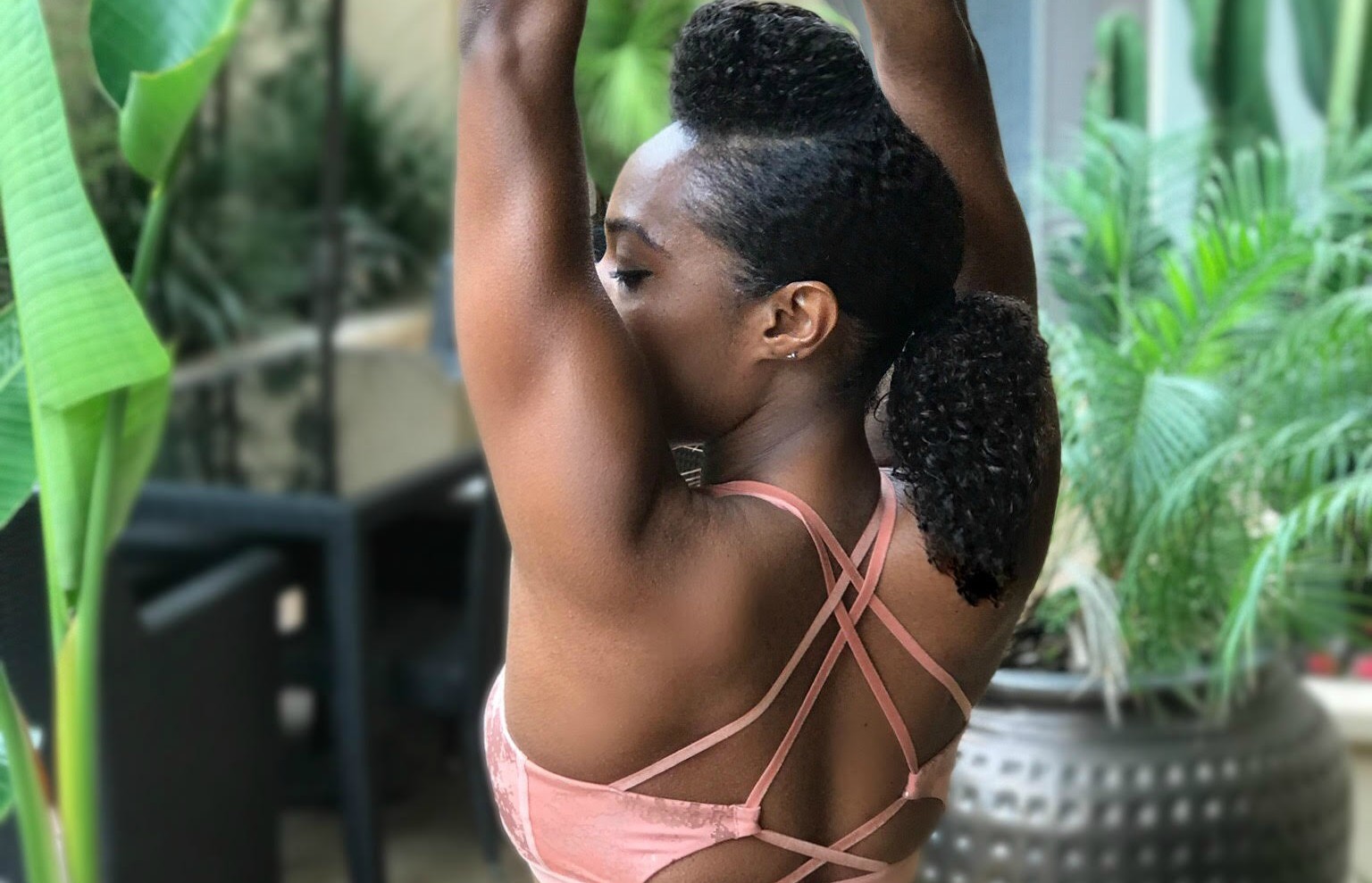
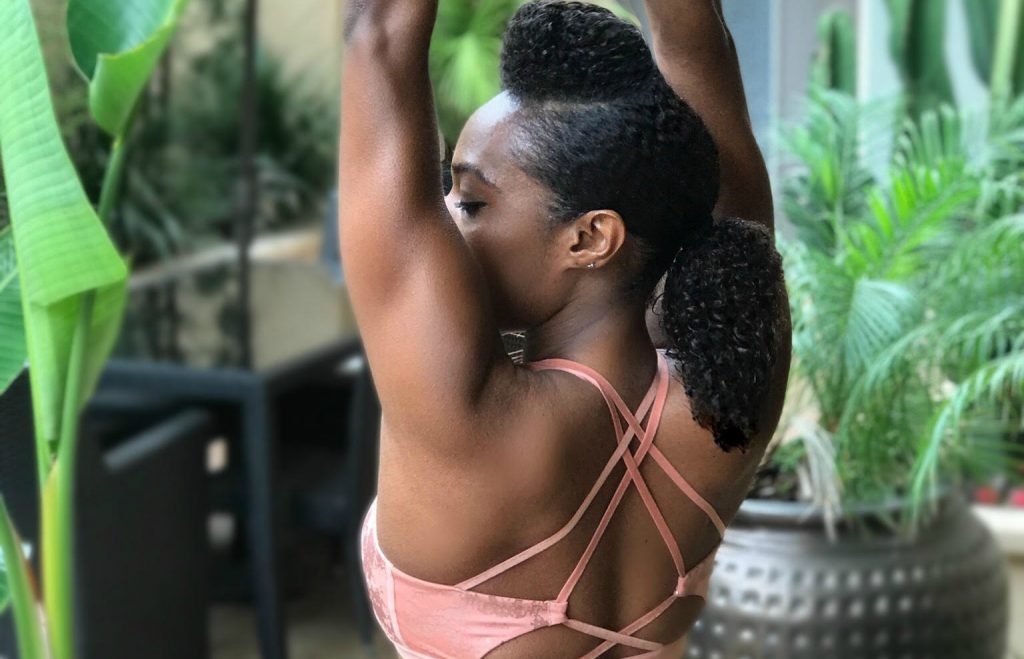
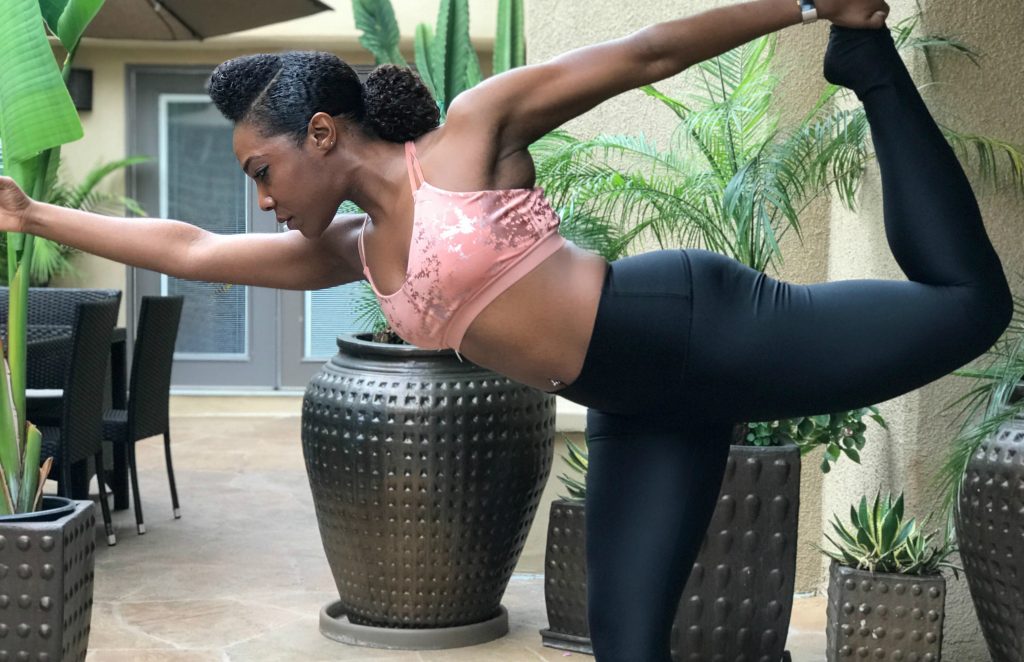
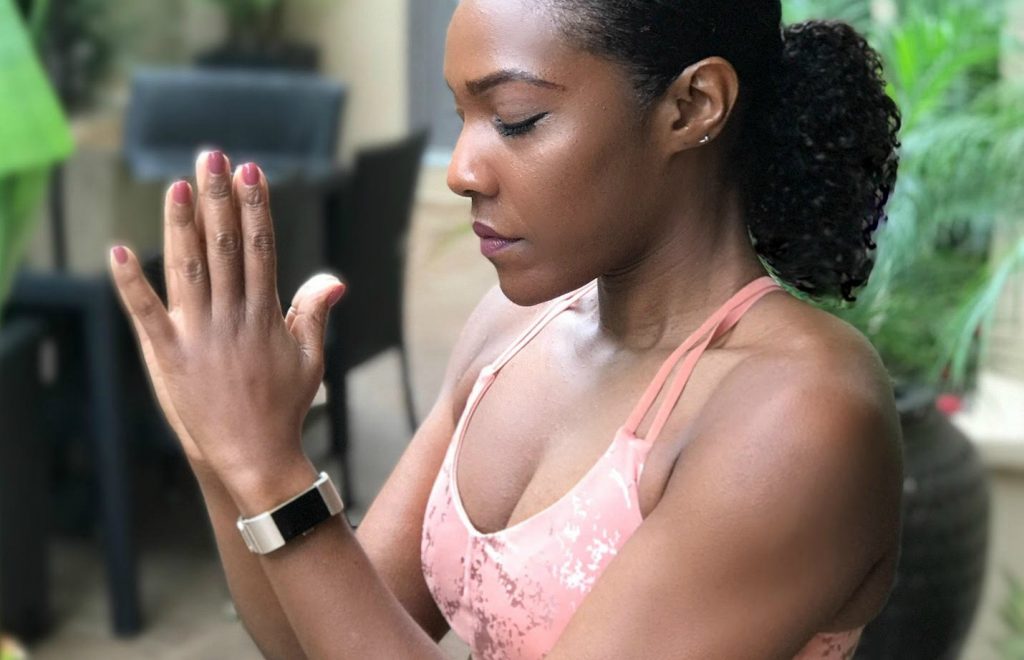
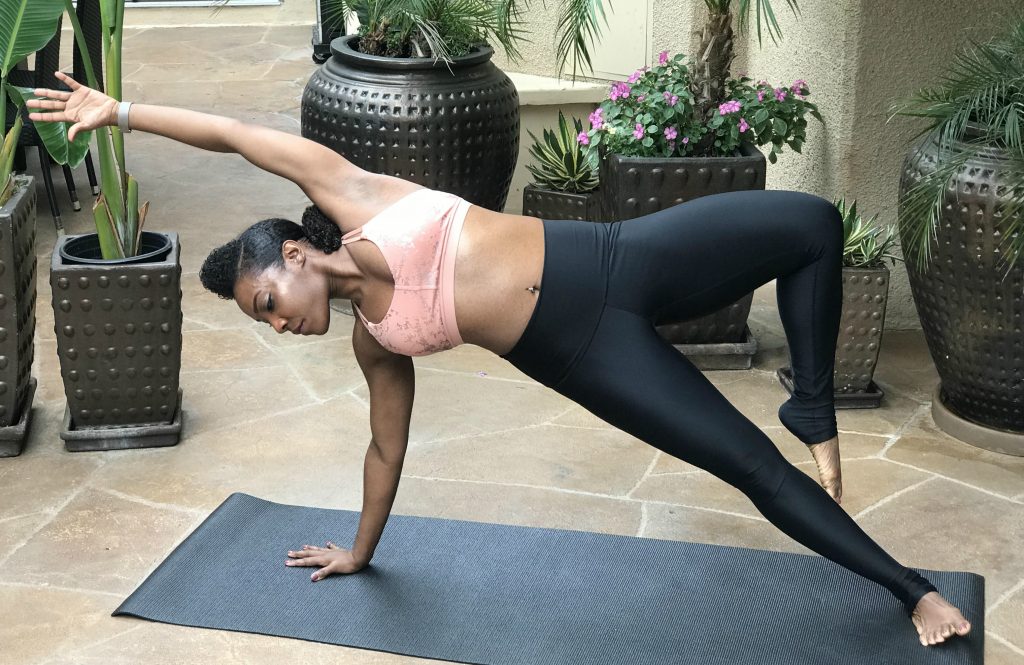
No responses yet